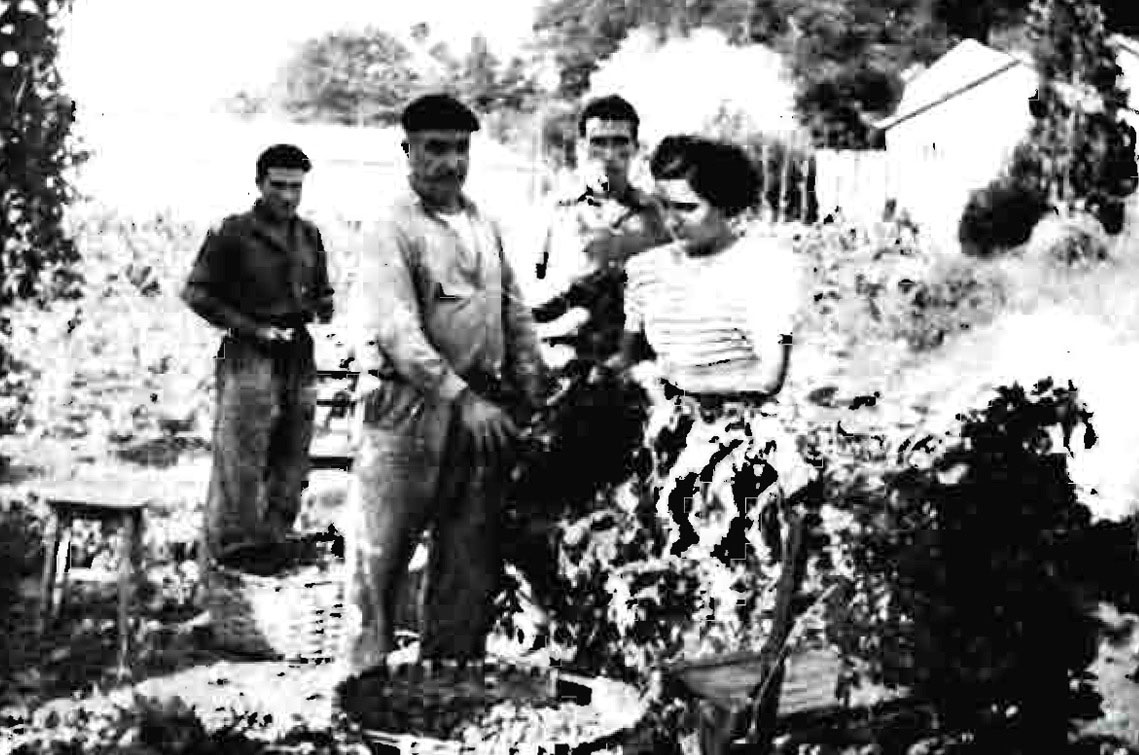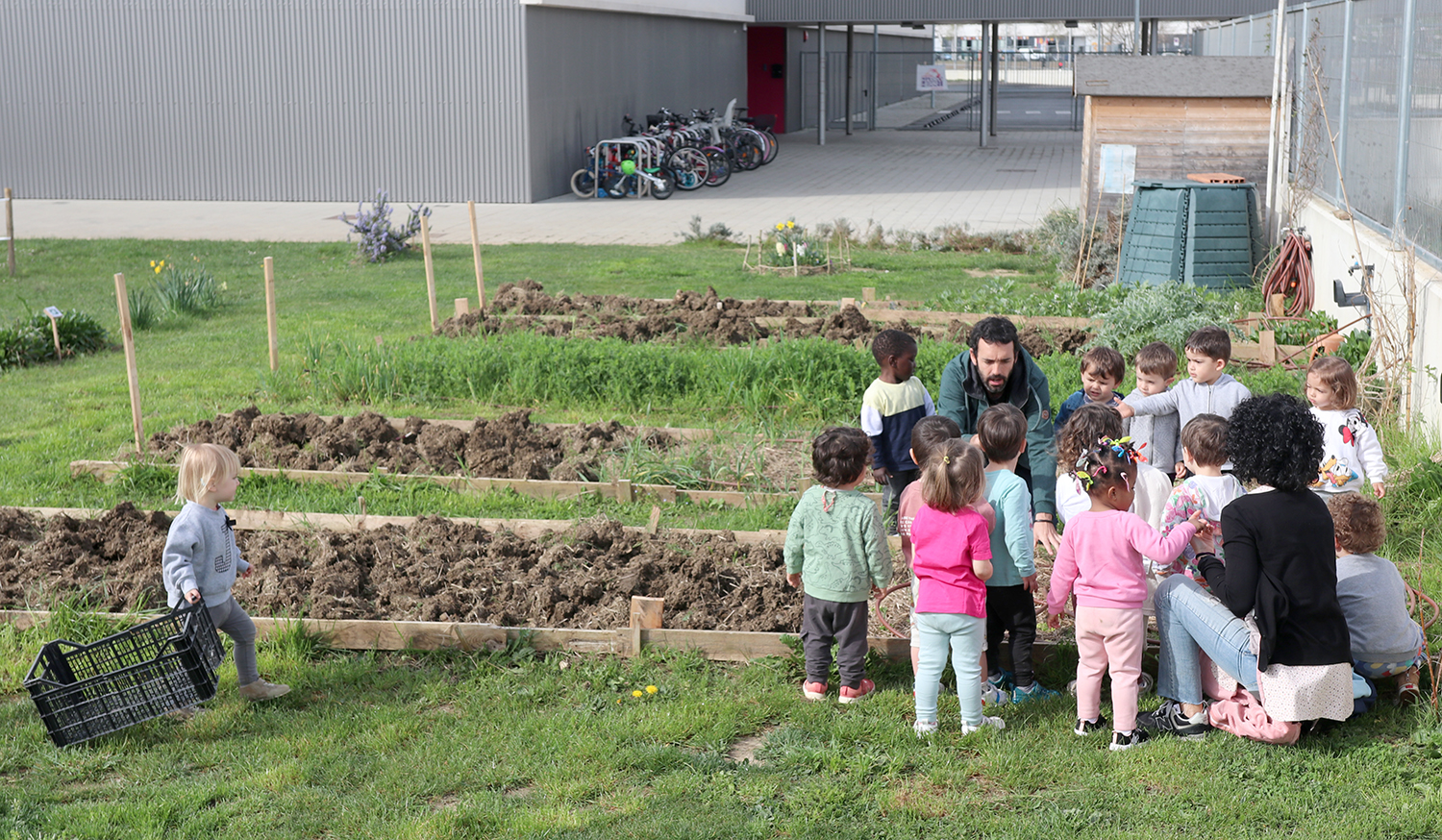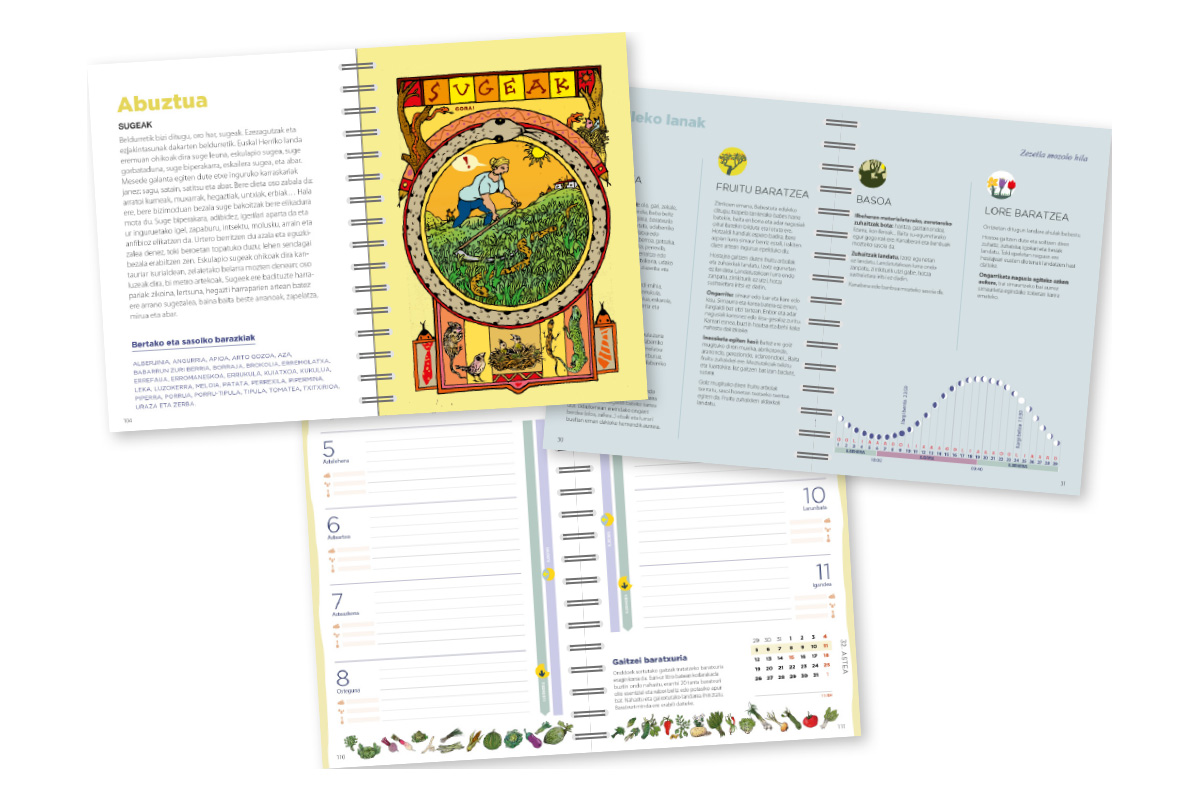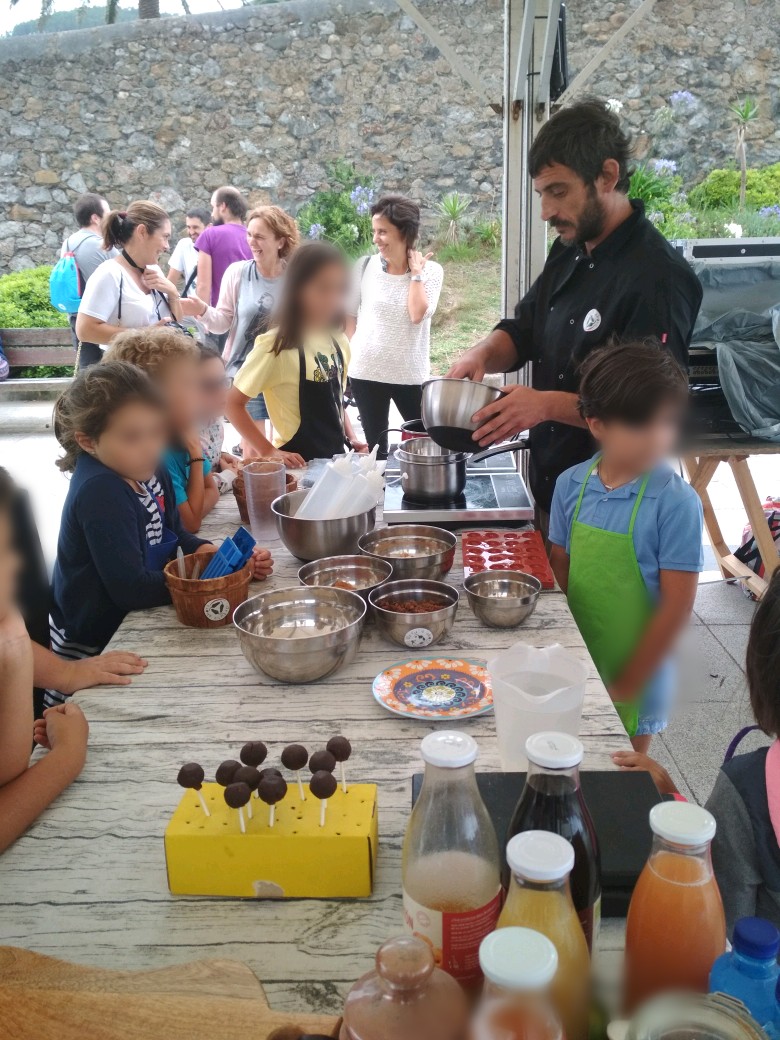Beer hops in the Basque Country: Past or future?
- Hops are not any plant. Hops are a special plant and have small well-kept secrets. In fact, inside the female flower of hops lies the secret to make the best beer: lupulin. II. After the World War, when the long eight-meter clubs surrounded by hops appeared in the gardens of the Basque Country, few knew what hops were. No one had any lupulin. Today, at a time when craft beer is gaining strength, few do not know hops, but many do not know that hops were planted in the Basque Country.

A witness told me: “This hops was a mysterious matter.” Then I realized that at least something was right. Most of the witnesses who planted hops in their orchards are dead and we can only collect the testimonies of their children. Little in the archives and books mentions are rare. From the photos, nothing to say. Pulling footprints we have found several old articles, we have conducted twenty interviews and consulted file documents. We are at least able to give a hint to the history of hops in the Basque Country.
Eight meter archs in orchards
“In the orchards you had long arbas. And above them the hops rose up, like a bean!” Everyone who knew the hops plantations underlined the same thing. After the war, the arrival of hops changed the landscape of many orchards. Dozens of clubs, tall and fat, nestled on the ground, drew attention. And there are still many citizens who remember that image. In the hop plantations, the arbas, clubs or clubs of 6-8 meters height were standing, according to the place and the peasant, “one and a half meters away”. They were made from brawls or chestnuts. Later on, the wires, better for work, would come and replace these arbas.
However, before the branches were introduced into the soil, the job was to make deep holes and to introduce a new hop plant. Hops came out of the tavern. It didn't sow. So the plant that was going to leave was sure it was female. To make beer, the plant needed a female. The process was as follows: the new plant bids were cut. Later, at the beginning of spring, the coffers or clubs were planted and placed next to them. As the plant grew, the hops headed towards the sideboard and climbed through the trunk: “By early summer, I was about 6 to 8 meters high.”
Hops started throwing the flower from mid-August until mid-September. Then there was another beautiful time: to pick up the hop flower.

Women and children collecting hops
In the centre of Europe, where the tradition of hops is deeply rooted, flowering was a great party. Many people were cramped in the hop plantations and gave the uprising a feast air. In the Basque Country, however, the collection process was very different. Most of the plantations were small, as they recommended it. Thus, it was the family itself that was responsible for picking up the flower. “The housekeepers would pick us up. It was hard work. The sun was full and could not rise with the rain.”
In Hernani, however, there were people who led the village people to pick up the hops. The first hop plantation in Gipuzkoa was that of Antonino Pagola, on the banks of the Urumea, between the district of Portu and the district of Karabel, and by 1945 it had planted 100 plants. Each year, families from Astigarraga and Hernani came to pick up the hops on the land of Pagola. “We went the whole family. Little money at home and what a remedy! We made some money there!” Above all, the ones they received were women and children. “We spent two or three weeks collecting it every day.”
Plant to Drying Plant Hop Flower
The flower had to meet at the right time, neither before nor after. That would ensure that the lupulin, which is used for brewing, was at its optimum point. Therefore, many baserritars had to be taught what was the right time to collect the flower, otherwise there was a risk of losing the whole year’s harvest.
One day before its collection, the plant was cut half a meter from the ground. The next day, he would take his tree out of the ground with the plants and lay, within walking distance, sitting, if you could, or on the ground, to cut flowers one by one, sometimes with scissors, often with nails. “We picked him up with the stairs,” another witness tells us. They stacked the flowers in baskets to move from there to the sacks.
Those who went to the plantation of Antonino Pagola were charged according to the weight “The same day. There they weighed the bag and paid it.” “Then the bags were put in the car and the hops were taken to Ergobi.” In the rest of the caserades the sacks managed as they could to take them to Ergobi: “My brother was taking the old bike and going with the bag behind it!” Moreover, in Mutriku, for example, they were far from Astigarraga and took the bags by train.
After leaving the sacks at Ergobi and collecting what was for them, the plantation owner had finished his job. From there, the State, or in this case the Promotion of Hops, would take the next step, the delicate one: The flower received had to dry.
Drying of the flower
When hops plantations began in the Spanish State, it was the baserritars who were responsible for drying them. But drying was a process that had to be done very carefully. Due to the shortage or excess of drying, the two were bad and the limited experience of the first years, the State decided to collect the freshly harvested flower, assuming the last step, drying and shipping to the factories.
To dry out, of course, you needed a little bit humid site, without a lot of sun, but it would come in a little bit of wind. The caserisms' chambers were a suitable place, but when the State took the initiative, it created drying plants with much more suitable systems: drying ovens and wooden drawers. In the Ergobi district, for example, there was the drying plant of the hop flower. The furnace of the Ergobi drying plant operated with coke coal: “My father took a coke trolley from Amara to Ergobi, the hop drying plant.”
Once dry, hops were ready to be transported to factories and used in brewing.
.jpg)
Hops plantations in Hego Euskal Herria
The hops planted by Antonino Pagola in 1945 were promoted by the General Directorate of Agriculture of the Government of Spain. It included the Golding or Dorada variety from Kent, which the agronomist Leopoldo Hernández Robredo led from England to Galicia in 1914. It was surprised that in Galicia the plant that grew wild on the banks of the rivers was cultivated for beer in England. In this way, he began to implement the tests for the creation of hops plantations in A Coruña. If I was in the wild, why couldn't you plant it there?
Meanwhile, there were more and more breweries in the Spanish State and they all brought the hops from the outside. Germany and Austria in almost all cases. However, the tests that were done to plant hops in Galicia gave excellent results and it was found that, in addition, it could be produced at a better price than the outside. Despite some attempts, things didn't change much, and factories continued to buy from the outside.
In the early 1930s, new planting tests were carried out outside Galicia in three places: Granada, Bizkaia and Navarra, promoted by the members of the area.
In view of the good results of the experience, hop plantations began to spread in 1949: By 1950, there were 20,000 hop plants in the Southern Basque Country, under the responsibility of 225 farmers. They were also established in Bizkaia, in the north of Álava and in the Navarra locality of Goizueta and in the valleys of Baztan, Arakil and Pamplona. It reached twenty localities in Gipuzkoa: Hondarribia, Oiartzun, Astigarraga, Hernani, Usurbil, Orio, Gabiria, Mutiloa, Azpeitia, Mutriku, Oñati…
The baserritars needed advice and it was Vicente Ruigómez Velasco who carried out the work of advisor on behalf of the Spanish Public Limited Company. And, according to all appearances, in each country there was a responsible under Ruigómez. In Gipuzkoa, it was Antonino Pagola who set the first plantation. It coordinated the plants that had to be brought in, the bags that had to be picked up and those that had to be paid each. “He managed with our father Antonino, who told us when it was time to pick them up.”
However, compared to the planting areas of Spain, the figures in Hego Euskal Herria were small. For example, in Gipuzkoa, plantations were maintained on 10 hectares between 1945 and 1958, but immediately began to decline and disappeared by 1968. In Navarre, although the first tests were carried out in 1930, in 1956 hop plantations began to be produced. First it was 3 hectares and soon the land surface went to 2 hectares, disappearing in 1966. In A Coruña, however, in 1957 there were 12 hectares of hops more than in Gipuzkoa and in León 17 times more.
Past or future?
The hops plantations lasted less than twenty years in the orchards of Hego Euskal Herria. Many of them, moreover, only lasted between two and three years. The subsidised sector began to function, but gradually it was disappearing and the breweries began to bring the flower out again.
Nowadays, artisanal beer produced in Euskal Herria has gained strength, and there are those who have opted for local hops. Perhaps, more than a history forgotten by the planting of hops in the Basque Country, they are a history of the future.
Zerbeza-loria (Gipuzkoa), zerbeza-landaria (Gipuzkoa), otsaihena (Nafarroa) edo bierbelarra (Iparraldea), Cannabinacea familiako landare belarkara da. Lur azpian errizoma izan ohi du eta bertatik, urtero, lupulu landare berriak jaiotzen dira. Igokaria da, aihena, zurtoinean dituen ile txiki eta sendoak erabiliz beste landareetan edo zurtoinetan gora egiten du, sei-zortzi metrorainoko altuerara iritsiz.
Espezie dioikoa izaki, lore arrak eta emeak landare bereiztuetan izan ohi ditu. Lore emeak (ernaldu gabeak) garagardoa egiteko erabili izan dira XIV. mendetik, izan ere, euren barruan duten lupulina izeneko erretxina da garagardoari usaina eta zaporea ematen diona. Hau dela eta, lupulu landaketetan soilik ale emeak hazten dira.
Egun dozenaka lupulu barietate dauden arren, Euskal Herrian bada bertako lupulua ere, modu basatian erreka ertz eta hezetasun handiko gune epeletan hazten dena.
1944an, II. Mundu Gerraren ondorioz, Alemaniatik ez zen lupulurik iristen eta Espainiako Nekazaritza Ministeritzak dekretua atera zuen 1945eko maiatzaren 23an, landaketei buruzko legeak ezarriz. Garagardo fabrikek Sociedad Anónima Española de Fomento del Lúpulo sortu zuten eta Espainiako lupulu landaketen kudeaketaz arduratu ziren, beti ere Sección de Fomentokoen begiradapean. Garagardo fabriken artean, Hego Euskal Herriko fabrika esanguratsuenak zeuden: Juan y Teodoro Kutz (Donostia), La Cervecera del Norte (Bilbo), La Salve (Bilbo), La Vizcaína (Bilbo), Cervezas Knorr (Gasteiz). Hauen itzalean, pixkanaka lupulu landaketak Hego Euskal Herrian sartu ziren, eta garagardo fabrikak, ahal zuten heinean, bertan landaturiko lupulua erabiltzen hasi ziren garagardoa ekoizteko.
Are baserritars on vacation? They ask in school. The students have answered no. So, working every day, would you like to be baserritarra in the future? And if nobody wants to be a baserritarra, who is going to make food for us? The question stayed in the air.
For the health and... [+]
Hiri handitik ezin ateratzeak ernatu du nigan berde behar bitxi bat, orain artean sekula ezagutu gabea. Ados, beti izan zait atsegingarri berdetasuna begiestea mendian, basoan, golf zelaian, baina oraingo hau da, seguru obligazioak behartua, ia-ia bitala, arnasten dugun airea... [+]
The members of the Ortutik Now Project of Busturialdea (Bizkaia) have been stirring up consciences and tastes for about seven years. “We are working on food from an agroecological point of view,” explains Sergio González Sánchez, a member of the project. Its activity is... [+]























